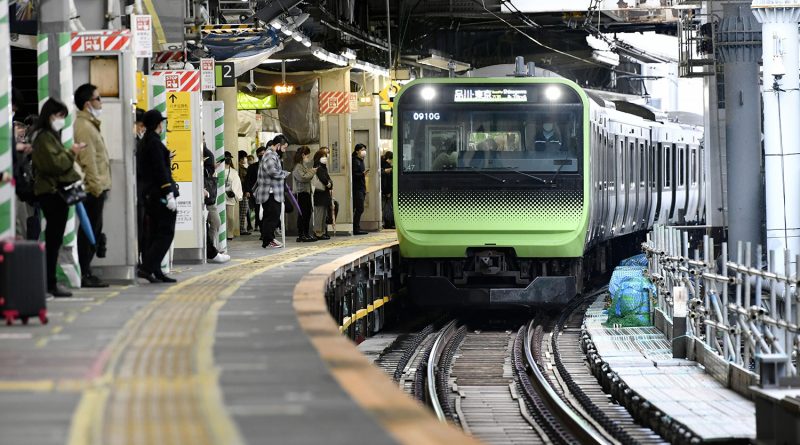Japan adds driver, railway roles to skilled foreign worker visa
PUBLISHED : 29 Mar 2024 at 14:50

TOKYO: The Japanese government on Friday added four new industries to its foreign skilled worker visa programme as it moves to address the nation’s driver shortage by allowing more people access to stays of up to five years.
The cabinet decision brings the eligible industries under the Specified Skilled Worker No. 1 visa to 16. The expansion, covering road and railway transportation as well as the forestry and timber sectors, is the first since the system was introduced in 2019.
Japan’s need for foreign labour has risen due in part to its declining birthrate. There are also concerns about pronounced shortages in the transportation and logistics industries which are likely to be exacerbated once a new limit to overtime hours for drivers begins in April, in what is known as the “2024 problem.”
The government said Japan plans to admit up to 820,000 foreigners under its skilled worker visa in the next five fiscal years from April, more than double the number it had estimated would have been accepted in the five years through fiscal 2023 ending March.
After soliciting public opinions over the reform, the government will revise related rules, including Justice Ministry ordinances, to begin accepting skilled foreigners in the four sectors.
At a meeting ahead of the cabinet decision, chief cabinet Secretary Yoshimasa Hayashi requested relevant ministers “make preparations to accept (the foreign workers) without delay and to make efforts to realise an inclusive society.”
As part of the addition of the road transportation sector, skilled foreigners will be accepted as drivers of buses, taxis and trucks by companies that have been certified by the Ministry of Land, Infrastructure, Transport and Tourism.
As drivers of buses and taxis often communicate with passengers, they are required to pass the N3 level of the Japanese Language Proficiency Test, the third highest in the exam’s five levels and a condition stricter than required to work in other sectors.
In the railway sector, skilled workers can be accepted for roles involved in the manufacturing of train cars and maintenance of tracks. They can also take on the role of drivers, conductors and station staff.
The government also added operations related to textiles, iron and steel, and printing in the manufacturing industry, a sector already covered under the programme.
Foreigners with the No. 1 visa must have passed a test demonstrating professional and Japanese language skills enabling them to work immediately. The No. 2 visa allows for unlimited renewals, opening the door to permanent residency, and permits workers to bring their children and spouses to Japan.
As of the end of December 2023, there were around 208,000 workers in the country on the No. 1 visa and 37 with the No. 2 visa, according to the Immigration Services Agency of Japan.
The latest reform comes as the government has submitted bills to replace the controversial foreign trainee programme with a new system focused on developing skills and protecting worker rights. Problems linked to the trainee programme have resulted in some participants abandoning their employment due to abuses such as unpaid wages and harassment.
The new programme will allow trainees to switch workplaces in the same industry under certain conditions and gain skills needed for transitioning to the Specified Skilled Worker No. 1 visa.
Source – Bangkok News




